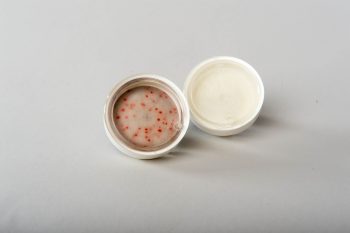During World Water Week ESA astronaut Paolo Nespoli will be wrapping up another session of the Aquapad experiment that is hoping to offer a cheap and practical solution to ensuring water quality is high.
The water drunk by astronauts on the International Space Station is recycled by up to 80% from their sweat, urine and other sources. Recycling reduces the number of supply missions needed to run the Station, but it is important to check that the water is clean and safe to drink.
The Aquapad experiment aims to simplify the regular testing. Developed by France’s CNES space agency and French diagnostic company bioMérieux the system is a paper impregnated with powdered growth medium that creates a 3D petri dish. When water is added, microbes form coloured spots that are photgraphed using the “Everywear tablet app”, software analyses the dots to calculate precisely how many bacteria are present and whether the water is safe to drink.
ESA astronaut Thomas Pesquet started using the system, and sessions will continue to assess its use, data is compared to the current more elaborate system of testing the water.
Although developed for space, the technology behind Aquapad is clearly useful on Earth. For example, in disaster areas, where water could be contaminated, a quick picture and calculation are cheaper and faster than sending samples to a laboratory.
The video below is in French with English subtitles:





Discussion: no comments